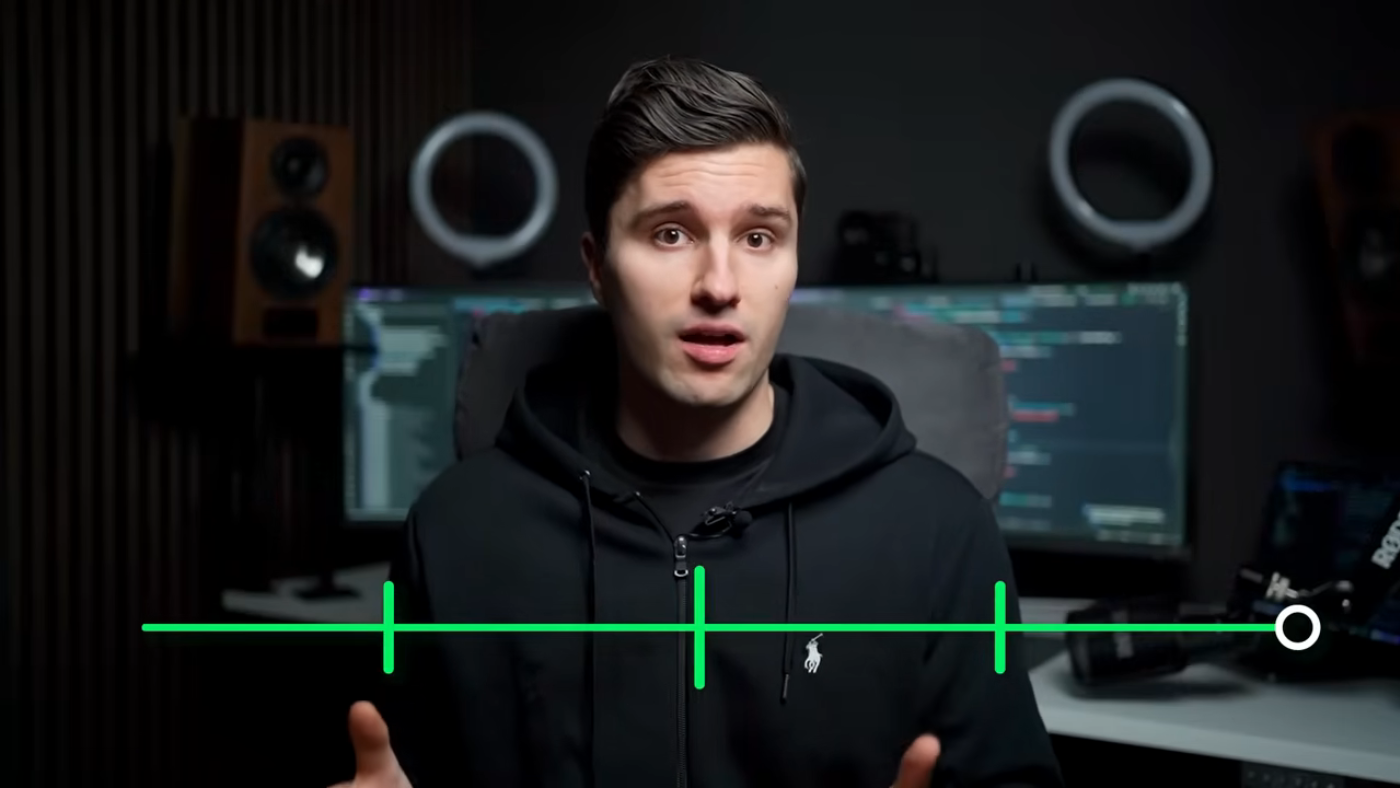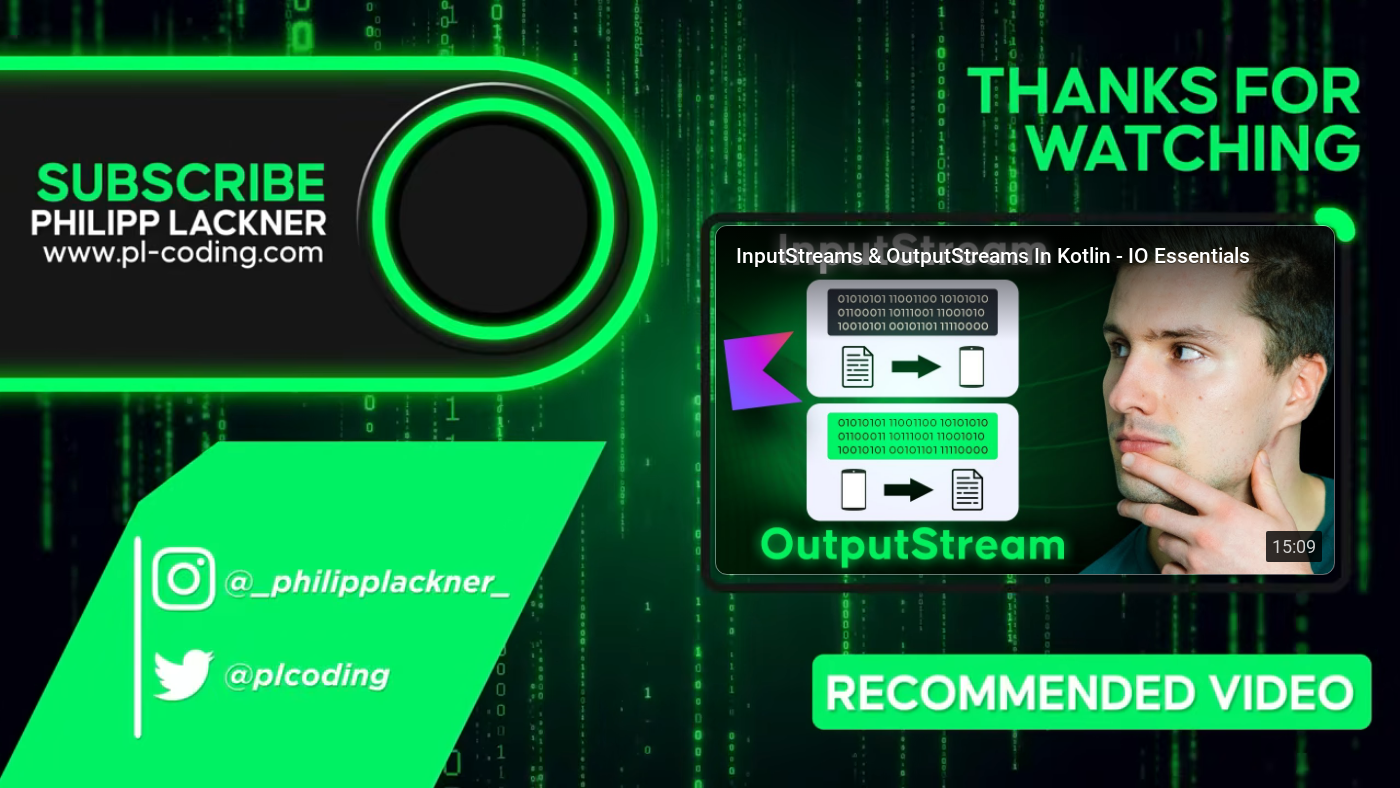Android & Kotlin Multiplatform Developer Roadmap for 2025
This article provides a comprehensive roadmap for aspiring mobile developers looking to break into native Android or Kotlin Multiplatform development in 2025. It outlines a clear learning path, emphasizing the importance of practical application and project building alongside theoretical knowledge. While the roadmap serves as a guide, it's crucial to remember that learning is not strictly linear. Building projects and applying concepts is paramount to solidifying understanding and building a strong portfolio.
1. Kotlin: The Foundation
 Kotlin is the foundation for modern Android and KMP development.
Kotlin is the foundation for modern Android and KMP development.
The first step in this journey is mastering Kotlin, the programming language at the heart of both native Android and Kotlin Multiplatform (KMP) development. A solid grasp of Kotlin is non-negotiable. Even if you're familiar with Java, prioritizing Kotlin is essential, as Google has clearly positioned it as the preferred language for Android development. For a deep dive into the language, check out the Kotlin Newbie to Pro playlist linked in the video description. While older, these language fundamentals remain relevant.
2. Jetpack Compose: Crafting Modern UIs
 Jetpack Compose simplifies UI building for both native Android and KMP.
Jetpack Compose simplifies UI building for both native Android and KMP.
Once you have a good understanding of Kotlin, the next step is Jetpack Compose. This modern UI toolkit allows you to describe your user interfaces declaratively using Kotlin code. The beauty of Compose is its compatibility with both native Android and KMP through Compose Multiplatform. This allows for significant code sharing across platforms. A 50-minute crash course on YouTube offers a great starting point, and for those aiming to become Compose experts, a comprehensive masterclass covering 13-14 hours of content is also available.
3. Android SDK Basics: Understanding the Android Ecosystem
 Learning the Android SDK is crucial for understanding core Android concepts.
Learning the Android SDK is crucial for understanding core Android concepts.
For those specifically targeting native Android or using Android as a KMP target, understanding the core concepts of the Android SDK is essential. This involves learning about Activities, Intents, Broadcasts, Services, and resource management within Android projects. Even in KMP development, platform-specific code might be required, making SDK knowledge valuable. An Android Basics playlist is provided to guide you through these foundational concepts.
4. Coroutines: Mastering Asynchronous Programming
Kotlin coroutines are indispensable for modern Android and KMP development, enabling efficient asynchronous programming. Coroutines offer a structured way to handle long-running tasks like network requests, database queries, or file operations without blocking the main thread. While coroutines can have their complexities, understanding the basics is relatively straightforward. A dedicated playlist and a comprehensive masterclass on coroutines and flows offer excellent learning resources.
5. Databases (Room): Persisting Data Locally
Databases are an integral part of most applications, providing a structured way to store and retrieve data. Room, a library from Google, builds upon SQLite and simplifies database operations within your Android and KMP applications. It offers an abstraction layer on top of raw SQL, making database interaction easier. A dedicated Room crash course will get you started.
6. REST APIs (Ktor): Communicating with Remote Servers
Most mobile apps require interaction with remote servers to fetch and update data. REST APIs provide a standardized way to achieve this communication. Ktor, the recommended networking library from JetBrains, the creators of Kotlin, offers a simple yet robust way to interact with remote APIs in both KMP and native Android projects. A Ktor crash course is a valuable resource.
7. Dependency Injection (Koin): Managing Object Dependencies
Dependency injection (DI) is a design pattern that decoupled object creation, making code more scalable and testable. Koin is a DI framework that simplifies this process for both KMP and native Android. As the easiest way to implement DI in these ecosystems, it’s the recommended choice. A dedicated Koin crash course is available.
8. Architecture (MVVM or MVI): Structuring for Scalability
A clean and maintainable codebase requires a well-defined architecture. MVVM (Model-View-ViewModel) and MVI (Model-View-Intent) are the two most popular architectural design patterns in Android development. They provide a consistent structure for organizing code, facilitating scalability, testability, and onboarding new team members. To grasp these patterns, the Compose Multiplatform Book App crash course focuses on architectural implementation through a practical example.
9. Reactive Programming (Flows): Responding to Data Changes
 Reactive programming with Kotlin Flows enhances responsiveness to data changes within your app.
Reactive programming with Kotlin Flows enhances responsiveness to data changes within your app.
Reactive programming facilitates building responsive applications that update dynamically based on data changes. Kotlin Flows provide an efficient framework for implementing reactive programming in Android and KMP projects, typically building on coroutines. A playlist on flows and the coroutines and flows masterclass offer in-depth knowledge on this topic.
The 100-Day Industry Ready Developer Challenge
 The 100-Day Challenge provides a structured approach to accelerate your learning and career progression.
The 100-Day Challenge provides a structured approach to accelerate your learning and career progression.
For those serious about transforming their careers in 2025, a 100-day challenge is presented. This challenge involves a dedicated commitment of at least two hours per day to learning and project building, using the roadmap as a guide. Combining theoretical learning with practical application in projects is crucial. Building one project per month, applying newly acquired technologies, is recommended. Joining communities like the Mobile Dev Campus provides additional support, resources, challenges, and networking opportunities.
This combination of learning, project building, community involvement, and career-focused resources sets you on a path to become an industry-ready Android developer in 2025. Remember to build projects constantly, applying the knowledge you gain – this is the most effective way to solidify your understanding and build a strong portfolio.
